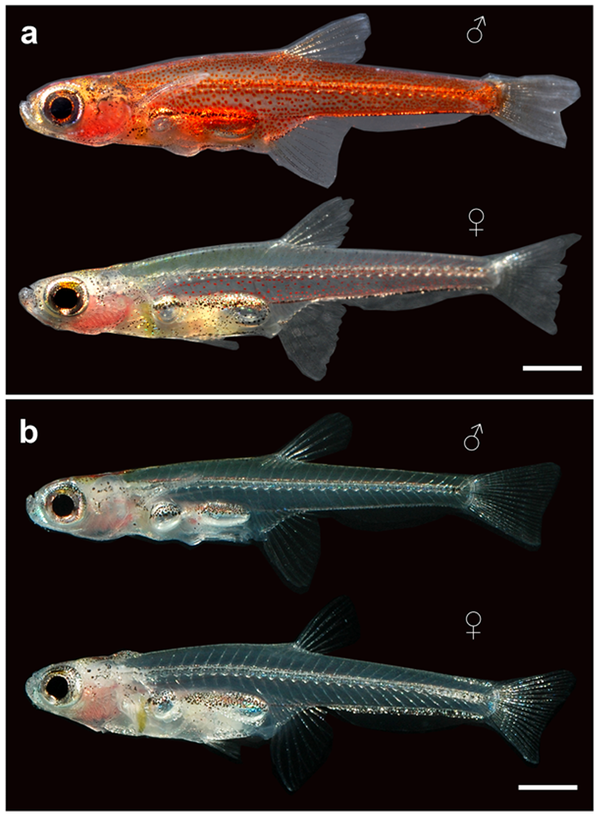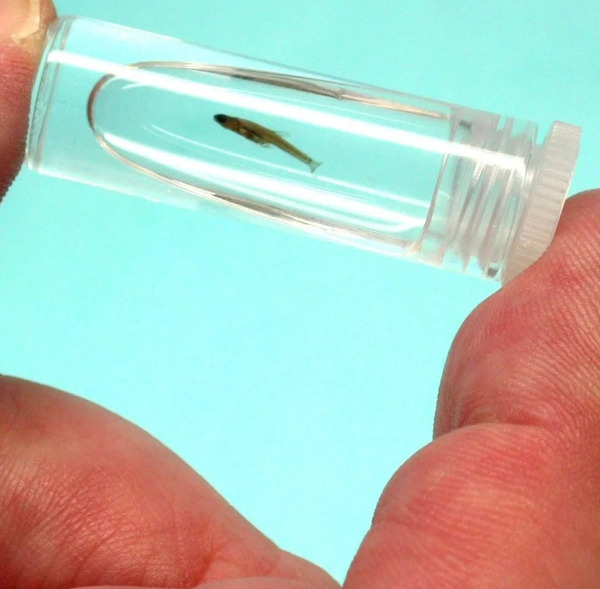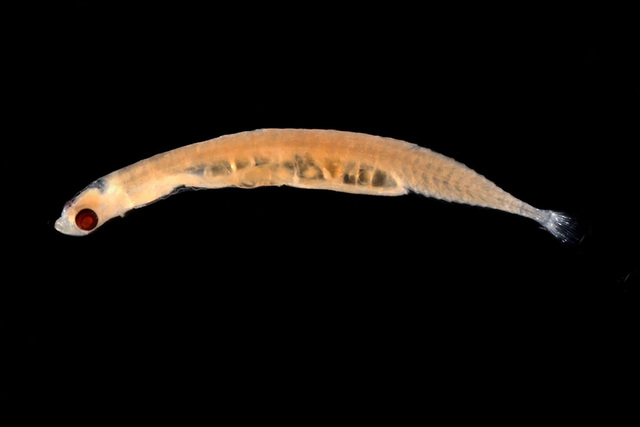When it comes to identifying the smallest fish in the world, things can get a bit complex. Several contenders claim the title, including Paedocypris progenetica (the dwarf minnow), Schindleria brevipinguis (the stout infantfish), and the parasitic male of Photocorynus spiniceps (a type of anglerfish). Each species can be considered "the smallest" depending on the criteria used—whether it’s body size, independence, habitat, or ecological role.
In this article, we’ll dive into the details of these fascinating fish to clear up the confusion.
To determine which fish deserves the title, we need to define the parameters:
Total Body Length: The physical measurement from head to tail.
Maturity: Whether the fish has reached full reproductive development.
Lifestyle: Does the fish live independently, or is it parasitic or larval?
Habitat and Ecology: The role the fish plays in its ecosystem.

Mature Size: The smallest mature female measures 7.9 mm (0.31 in).
Lifestyle: Fully independent freshwater fish, living in peat swamps and blackwater streams in Indonesia.
Notable Features:
Transparent body.
Adapted to extreme environments with low oxygen levels.
Fully developed reproductive organs, enabling it to complete its life cycle independently.

Mature Size: Females as small as 6.5 mm (0.26 in).
Lifestyle: A planktonic fish found in coral reef waters.
Notable Features:
Retains larval characteristics even when mature (neotenous).
Highly specialized for floating in open water.

Mature Size: Males can be as small as 6.2 mm (0.24 in).
Lifestyle: Parasitic; males attach themselves to much larger females and fuse with them, losing most of their independence.
Notable Features:
Reduced organs, adapted solely for reproduction.
Entire life cycle revolves around dependency on the female host.

| Fish | Smallest Size | Lifestyle | Reproductive Independence | Habitat | Special Adaptations |
|---|---|---|---|---|---|
| Paedocypris progenetica | 7.9 mm | Free-living freshwater | Fully independent | Peat swamps and blackwater streams | Adapted to oxygen-poor environments. |
| Schindleria brevipinguis | 6.5 mm | Planktonic | Partially independent | Coral reef waters | Retains larval traits for buoyancy. |
| Photocorynus spiniceps | 6.2 mm | Parasitic on females | Fully dependent | Deep ocean | Males are reproductive specialists. |
The confusion arises because different species excel in different "smallest" categories:
Photocorynus spiniceps males are the smallest in physical size but are entirely parasitic and not independent.
Schindleria brevipinguis has a smaller length than Paedocypris progenetica, but it retains larval traits, making it less ecologically complex.
Paedocypris progenetica holds the title of the smallest fully independent fish, with complete development and ecological functionality.
The title of the smallest fish depends on how "smallest" is defined:
Smallest Free-Living Fish: Paedocypris progenetica (7.9 mm).
Smallest Planktonic Fish: Schindleria brevipinguis (6.5 mm).
Smallest Parasitic Fish: Photocorynus spiniceps (6.2 mm).
By distinguishing these categories, we avoid confusion and appreciate the unique adaptations of each species. "Small" in the animal kingdom is not just about size but also about how the organism fits into its ecological niche and survives in its environment.
Understanding these differences highlights the incredible diversity of life on Earth and the evolutionary strategies animals use to adapt to extreme habitats. Whether it’s the independent survival of Paedocypris progenetica, the neoteny of Schindleria brevipinguis, or the parasitic specialization of Photocorynus spiniceps, each species offers insights into the complexity of nature.
animal tags: smallest-fish
We created this article in conjunction with AI technology, then made sure it was fact-checked and edited by a Animals Top editor.